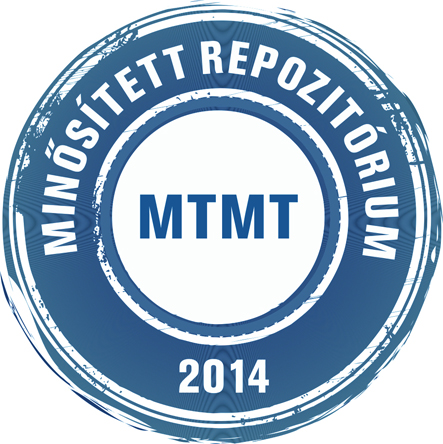Csifcsák Gábor
Modulation of laser-evoked pain perception and event-related potentials with non-invasive stimulation of the motor cortex.
Doktori értekezés, Szegedi Tudományegyetem (2000-).
(2011)
(Kéziratban)
|
PDF
(disszertáció)
Download (1MB) |
|
Előnézet |
PDF
(tézisfüzet)
Download (89kB) |
Absztrakt (kivonat) idegen nyelven
In the last two decades new techniques of non-invasive brain stimulation have been introduced that enable relatively long-lasting and reversible facilitation or inhibition of distinct cortical areas by modulating the excitability of underlying neurons. Among these methods, repetitive transcranial magnetic stimulation (rTMS) and transcranial direct current stimulation (tDCS) are the most widespread ones. To date, both have been successfully used to modulate various perceptual, cognitive and motor functions in healthy subjects and several diseases, including chronic pain. Their efficacy regarding acute pain perception in healthy subjects, however, is still not well-established. The aims of our studies were to investigate the effects of a novel rTMS paradigm, called continuous theta-burst stimulation (cTBS), and tDCS on laser-induced acute pain perception and laser-evoked potentials (LEPs) when applied to the motor cortex of healthy adult volunteers. In two psychophysical and two electrophysiological experiments, we have compared the effects of real cTBS and two tDCS protocols (anodal and cathodal) to those of sham stimulations. We have shown for the first time that cTBS over the motor cortex significantly alleviated laser-induced pain on both hands, accentuating on the con tralateral limb. The effect of cTBS was accompanied by reduced N2-P2 LEP amplitudes in the case of medium intensity pain. In the tDCS experiments, cathodal stimulation of the motor cortex reduced mild pain contralateral to the side of stimulation. Moreover, cathodal tDCS attenuated N2-P2 LEP components, without modulating thresholds of medium intensity pain. On the contrary, anodal tDCS facilitated laser-induced warm sensation contralateral to the side of tDCS, without affecting either pain sensation or LEPs. Our results indicate that non-invasive stimulation of the motor cortex causes antinociceptive effects that depend on the parameters of stimulation and are probably due to excitability changes in remote pain-related areas such as the operculoinsular region and the anterior cingulate cortex. These findings further strengthen the application of cTBS and tDCS in pain research, which might contribute to a more efficient manipulation of brain plasticity for therapeutic purposes.
| Mű típusa: | Disszertáció (Doktori értekezés) |
|---|---|
| Publikációban használt név: | Csifcsák Gábor |
| Témavezető(k): | Témavezető neve Beosztás, tudományos fokozat, intézmény MTMT szerző azonosító Janka Zoltán MD, PhD, DSc, SZTE ÁOK Pszichiátriai Klinika NEM RÉSZLETEZETT Antal Andrea MSc, PhD NEM RÉSZLETEZETT |
| Szakterület: | 03. Orvos- és egészségtudomány > 03.02. Klinikai orvostan |
| Doktori iskola: | Klinikai Orvostudományok Doktori Iskola |
| Tudományterület / tudományág: | Orvostudományok > Klinikai orvostudományok |
| Nyelv: | angol |
| Védés dátuma: | 2011. június 06. |
| EPrint azonosító (ID): | 1213 |
| A mű MTMT azonosítója: | 2770757 |
| doi: | https://doi.org/10.14232/phd.1213 |
| A feltöltés ideje: | 2011. nov. 11. 09:30 |
| Utolsó módosítás: | 2019. nov. 26. 12:36 |
| URI: | https://doktori.bibl.u-szeged.hu/id/eprint/1213 |
| Védés állapota: | védett |
Actions (login required)
 |
Tétel nézet |

 Repozitórium letöltési statisztika
Repozitórium letöltési statisztika Repozitórium letöltési statisztika
Repozitórium letöltési statisztika



